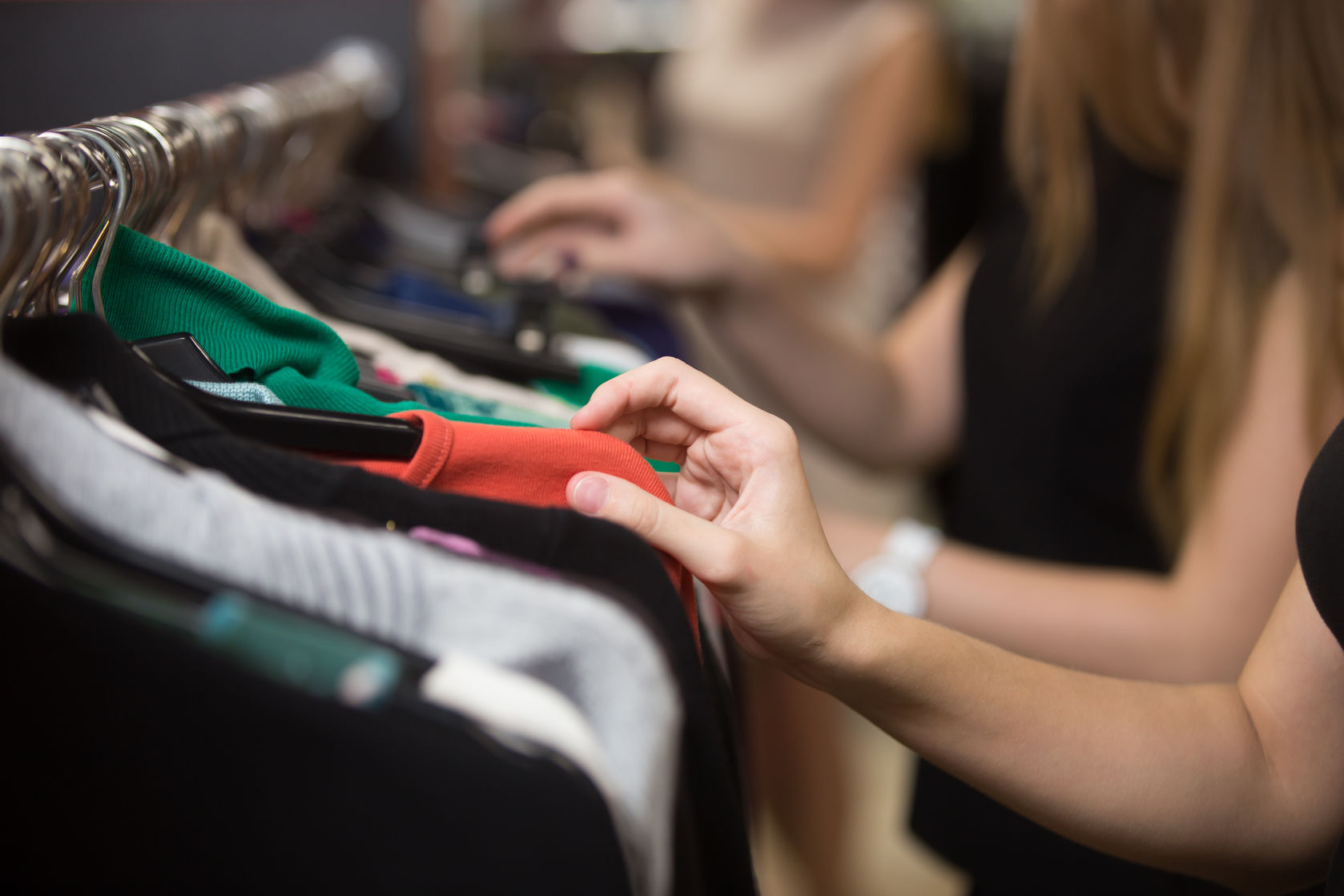Word of the week: Sustainable Fashion

By Nathan Stern, President of Altavia Shoppermind
The fashion industry – and the higher end of the market in particular – is coming under increasing criticism for its negative impacts on the environment; after all, textiles are the second most polluting industry in the world.
Indeed, as the MacArthur Foundation points out, every stage in the life cycle of a garment generates pollution, from washing and ironing right through to its disposal. Furthermore, there is a tendency for these sorts of image problems facing players in the off-the-peg fashion industry to weaken the connection between a brand and its customers. Galeries Lafayette has taken up the challenge and chosen to showcase eco-responsible products with the Go for Good initiative.
Off-the-peg fashion brands and retailers are stepping up their efforts in order to protect themselves against a certain amount of finger-pointing and restore the consumer faith that has taken a bit of a knock. The movement is still in its infancy but there are several fronts that seem to be emerging and solutions that seem to be forming:
- Durability rather than obsolescence: Some clothing, bag and accessory brands are now choosing to give their customers very long-term guarantees, as is the case with English clothing brand Tom Cridland, for example, which offers a 50-year guarantee with its jeans. The same is true of Eastpack, which offers a 30-year guarantee with some of its bags.
- Renting rather than buying. This is an option that players such as Balmain have been exploring via luxury product rental platform Armarium. Le Bon Marché recently hosted a pop-up store at its premises to mark the launch of Armarium in France.
- Second-hand rather than new. Shoemakers like Weston who position themselves as prestigious brands are choosing to rise above the taboo of wearing shoes worn by other people and are set to open a store devoted specifically to second-hand shoes that have been refurbished in the brand’s workshops in January 2020. Patagonia, of course, had led the way with its Worn Wear programme.
- Complying with high standards in terms of production conditions: respecting workers’ rights right throughout the chain, from agricultural workers to those working in garment factories.
- The use of less polluting materials: organic cotton, European linen, vegetable-tanned leather, more sustainable fibres such as hemp or corn, pineapple leather from H&M and plastic recovered from the ocean for Adidas are just some of the initiatives we are seeing emerging. Even the jewellery industry is attempting to do its bit, with Guérin Joaillerie now using recycled gold, which causes much less pollution than gold extracted from mines.
There remains, however, one sizeable concern, this being, as Veja points out on its website, that the fashion market is intrinsically based on appearance, the desire to stand out, to indicate one’s belonging to a certain class or community, the desire to attract attention, the desire to demonstrate one’s ability to own a highly sought-after item that is much too expensive for those who can only afford to stand and look on in envy. From a social perspective, the dynamics at play here do not contribute to a supportive, peaceful and united society. It would be wrong to accuse fashion of being the root cause of divisions and exclusions relating to the clothing we wear. The way we dress reflects our environment, the company we keep, our income levels and our tastes, and this is something that secondary school pupils know a thing or two about; after all, wearing a pair of moccasins on the first day of school in an environment where all other pupils are wearing trainers can spell the end of any sort of social life for you for the rest of the year!
But the luxury and fashion industries can play a key role in transforming this culture of distinction, and this may be the next challenge facing these industries – ensuring that the core elements of what they do help to foster a less violent society, inventing a form of fashion that is inclusive, accessible and respectful of an individual’s uniqueness and that encourages everyone to express their true personalities. The cosmetics industry has successfully made the switch with brands like Dove, Lush and Nostra – Eric Cantona and Rachida Brakni’s brand -, so why shouldn’t the fashion industry do the same?
